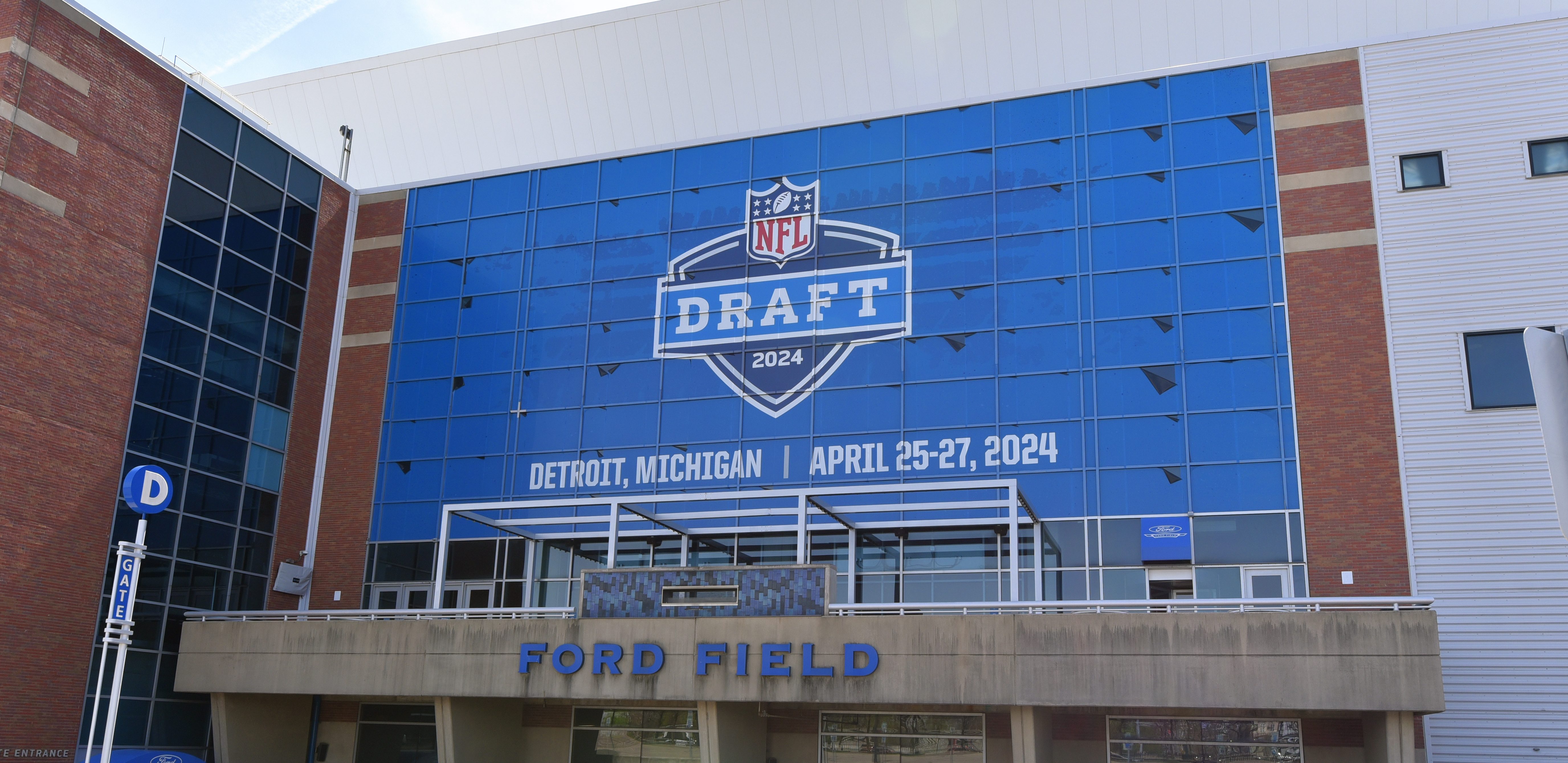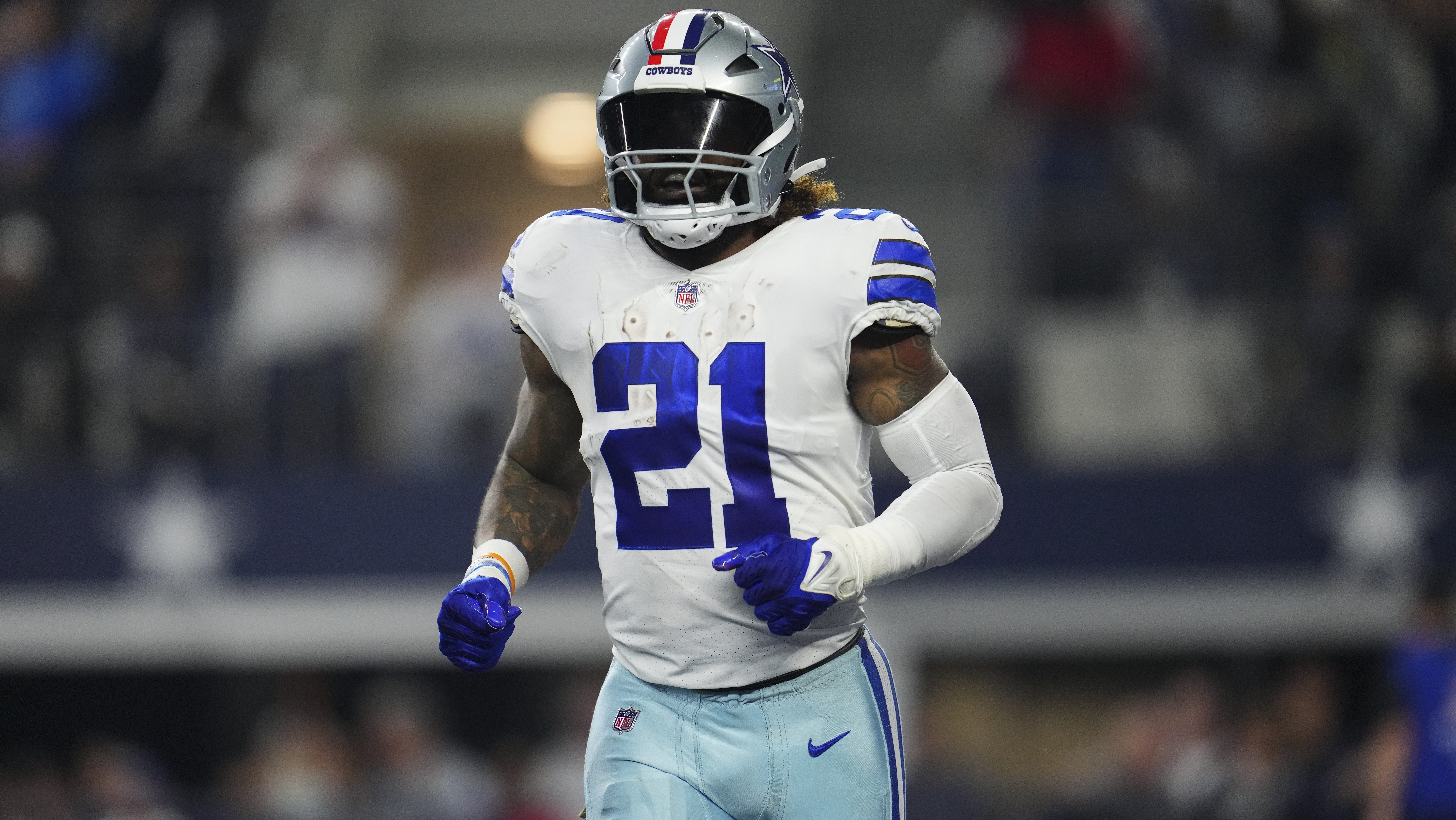Matt Nagy has said that the Bears need to balance their offense better than they did in their losing pass-fest against the Green Bay Packers. To do that, however, the Bears coach may need to flirt with the definition of insanity.
The informal definition of insanity referred to here is: doing the same action over and over and expecting a different outcome.
The issue isn’t Nagy’s mental health. It’s the both simple and complex conundrum inherent in a team committing to running the football.
Stay in the game with the latest updates on your beloved Chicago sports teams! Sign up here for our All Access Daily newsletter.
Consider: Last season Jared Goff quarterbacked the Los Angeles Rams into the Super Bowl with a pass-completion percentage of 64.9%.
Meaning: More than one-third of Goff’s throws netted nothing. Zero yards. Nadda.
But getting absolutely nothing from near 40% of pass plays isn’t considered catastrophic. Acceptable losses, the cost of doing NFL pass business.
Apply that success rate, however, to running the football. If 40% of called runs were stuffed for zero yards, and the play-caller continued handing the football to Tarik Cohen, Mike Davis, Mike Davis and even Cordarrelle Patterson, “boring” and “unimaginative” would be the only printable adjectives hung on that play-caller.
NFL
“Insane” would be another, befitting someone who repeats the same failed action over and over and over and expects a different outcome. And nearly 20% of all runs in 2018 were “stuffed,” according to Football Outsiders information.
“I think the biggest challenge for a lot of coaches is if you are struggling in one area is to go to the other part of the game,” Nagy said. “Whether it is in the run game or the pass game, if you can try to stay balanced and try to keep the defense guessing, and even if you are struggling...”
A traditional mitigating factor is that pounding at a defense for two, even three quarters can begin to break plays loose as the game winds down. Also, showing “run” can force defenses to commit player resources closer to the line of scrimmage and theoretically opens up passing opportunities.
Theoretically.
Because loading up to run the football in too obvious of a manner can put offensive linemen in particular at a disadvantage even as it may be creating an overall positive.
“The hardest thing is when it’s obvious run or it’s obvious pass,” said offensive line coach Harry Hiestand. “So everybody knows what you’re gonna do.”
So is Nagy willing to channel his inner Dowell Loggains and live with 30-40% of his run calls netting nothing in the way of yardage at the time they’re executed?
Nagy and the Bears ran the football 45% of the time in 2018. But that was with Nagy saddled with Jordan Howard as his primary back (250 carries). Significantly, that ratio was obviously good enough to be part of a 12-win season.
But in the playoff game vs. Philadelphia, Nagy effectively went away from that formula and abandoned the run even after Howard averaged 5 yards per carry in the first half. The rest of Bears ballcarriers netted six yards on five carries but for better or worse, the Bears were up 6-3 at halftime of a game in which the Bears would throw on 71% of their snaps.
Of the top 10 teams in run percentage last year, eight were in the postseason, including Super Bowl participants New England and the Rams. Nagy, still a young play-caller at the NFL level, understands the necessary mindset.
“If there’s a run for two yards, one yard, three yards and then all of a sudden you pop one for 15, that averaged just jumped up,” Nagy said. “That’s a part of it. It’s the same thing in the passing game. If you throw four straight incompletions, I think it’s not, ‘Don’t throw anymore,’ but it’s ‘Figure out how do you get a completion? What’s the higher percentage type of throw?’
“And then same with the run game. If you’re struggling in one area schematically in the run game, how do you get more run yards through a different scheme? That’s where we as coaches come in.”


